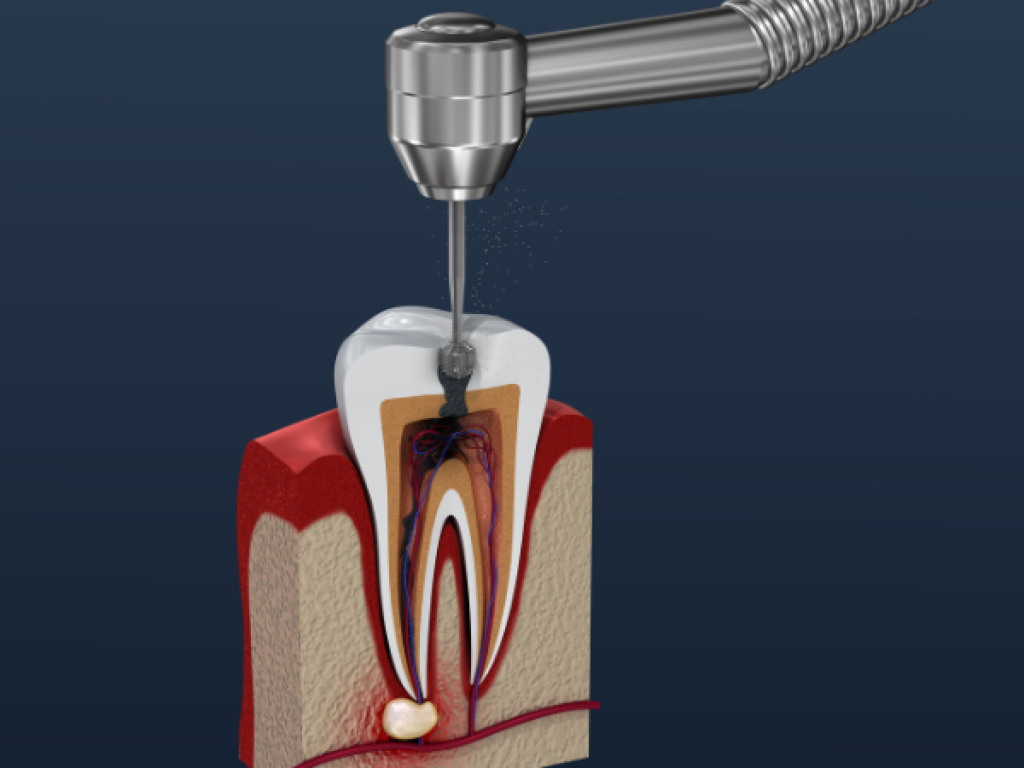Fact: Over 15 million root canals are performed every single year. So, needless to say, we have tons of experience with this procedure and there is nothing to worry about.
Some people get really nervous if they find out they have to get a root canal treatment. Well, for many people, learning about how the procedure works and what it entails can do wonders in reducing their anxiety and calming their nerves.
So, what are the steps of the root canal procedure?
Signs That You Need a Root Canal:
- Constant Pain
- Swollen gums
- Dark discoloration
How a Root Canal is Performed Step by Step:
In order to eliminate the source of infection, a preliminary dental procedure takes place. Therefore, it is essential to determine whether the affected tooth and surrounding areas can be restored. It could be daunting to restore the tooth if your infected tooth is linked to gum disease.
Let’s further get into this procedure.
Step 1: Diagnosing the Infected Pulp:
Firstly, you have to go to the dentist. Similarly, your dentist will examine your teeth. They may take one or two X-rays to know the extent of inflammation and tooth decay. If you experience any discomfort or pain, they can perform a sensitivity test.
Once your general medical practitioner has diagnosed you, they will send you to the dentist. Moreover, in order to identify the cause of toothache, they will need advanced technology to understand the situation.
Step 2: Remove the Infected Pulp Inside Tooth:
To eliminate the bacteria from the tooth, the dentist will drill a hole in the top of the tooth. Similarly, this will help your dentist to get access to the pulp chamber and root inside of the tooth.
To clean out root canals, and the pulp chamber, and possibly apply antiseptic to ensure no infection is left to cause the pain, they will use surgical tools. Additionally, future infections are nowhere near anymore and your root canal will be super clean.
Step 3: Filling a New Root Filler:
Your dentist will use a material called gutta-percha to fill the canals, once the pulp chamber is thoroughly dry and clean. It will be placed inside the canals and later heated. Therefore, to help fit it against the walls, the dentist will compress it.
Next, your endodontist will add adhesive cement to seal the canals adequately. The best way to keep the bacteria away, a proper sealed canal is the way to go.
Step 4: Restoring the Tooth:
To remove the temporary filling of your tooth, you need to book an appointment with an experienced dentist after a few weeks. Subsequently, the dentist will apply a lasting filling onto the treated tooth, effectively restoring its strength to its pre-infection state.
This procedure not only acts as a remedy for the affected tooth but also serves as a barrier against future infections.





